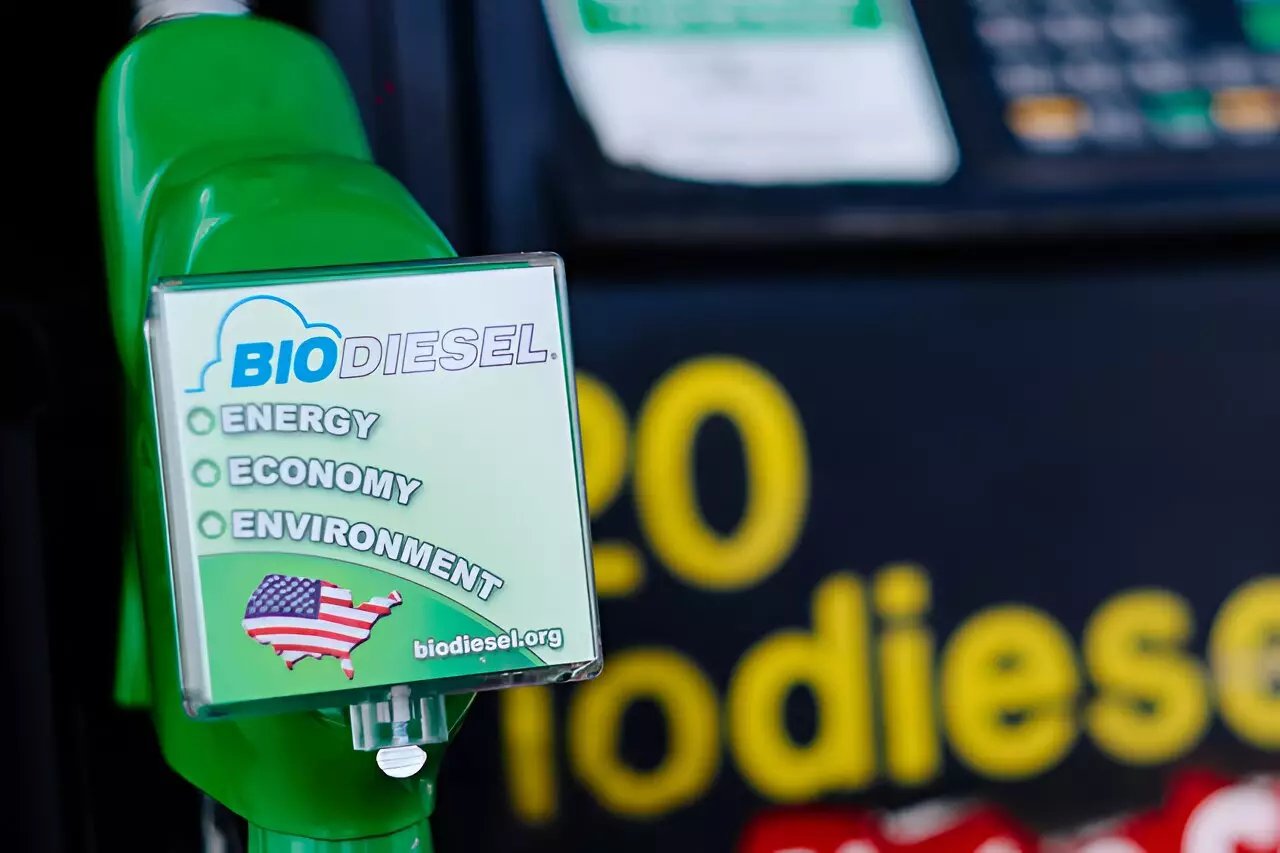The transition towards greener fuels is becoming increasingly pressing as the world grapples with the threat of climate change. One promising avenue lies in the use of biomass-based diesel fuels—specifically biodiesel—and its potential to reduce greenhouse gas emissions. However, current usage is limited, with blends of biodiesel incorporated into petroleum diesel typically ranging from 5% to 20%. This article will dive into the research conducted by the National Renewable Energy Laboratory (NREL) concerning the feasibility and implications of utilizing higher percentages of biodiesel and renewable diesel blends.
Biodiesel is a renewable fuel derived from biological materials such as fats, oils, and greases. It serves as an oxygenate that can enhance the combustion efficiency of diesel fuel, thereby reducing emissions. Conversely, renewable diesel, while produced from similar feedstocks, undergoes processing to create a hydrocarbon that chemically mimics petroleum diesel, making it compatible with existing infrastructure and engines.
Despite the advantages of biodiesel, the industry has largely overlooked fuel blends exceeding the 20% concentration threshold, which is notably highlighted in an NREL study. According to Robert McCormick, a senior research fellow at NREL, there’s an extraordinary gap in scientific literature regarding high-level biodiesel blends, and much of the research has not addressed the performance of these blends effectively. This creates a need to investigate not only the sustainability but also the operational feasibility of increasing biodiesel content in diesel applications.
Challenges at Higher Blend Levels
One of the key findings from the NREL research indicates that while blending up to 50% biodiesel may not introduce significant issues, exceeding this percentage could pose challenges for diesel engine performance. Factors such as cloud point and boiling point become increasingly critical as the biodiesel percentage rises. The cloud point—the temperature at which wax begins to form—is particularly problematic for winter operations, given that biodiesel can solidify in colder temperatures, leading to fuel filter blockages.
For example, biodiesel produced from soybean oil has a cloud point of approximately 32°F, which can severely limit its usability in regions with harsh winter conditions. However, strategies do exist to mitigate these challenges, such as blending biodiesel with hydrocarbons that possess lower cloud points or adjusting the biodiesel concentration seasonally.
To counter the adverse effects of higher biodiesel blends, such as cloud formation and boiling point considerations, researchers propose a reformulation approach. Blending biodiesel with kerosene, for instance, could help address cold-start issues and reduce fuel accumulation in engine lubricants, enhancing engine reliability. This approach not only ensures that engines maintain proper functionality but also prevents potential failures in emission control systems, which are crucial for meeting environmental regulations.
Moreover, the study highlights that additional properties such as density, oxidation stability, and water content require thorough examination when considering higher biodiesel blends. Oxidation stability tends to decline with increased biodiesel concentration; however, this challenge can be tackled with the application of antioxidant additives that help maintain fuel integrity for longer durations.
The Path Forward: Research and Development
The insights drawn from NREL’s research underscore the necessity for further investigation into high-level biodiesel blends, particularly concerning their long-term impacts on diesel engine emissions and efficiencies. High-blend biodiesel fuels could markedly lower greenhouse gas emissions in the transportation sector—predicted reductions range from 40% to 86% in comparison to petroleum diesel, depending on the feedstock.
As sectors like heavy-duty trucking, marine shipping, and aviation continue to rely on liquid fuels, it is imperative to develop viable alternatives that not only meet environmental goals but also align with operational requirements. The key moving forward will be fostering rigorous research that addresses the performance characteristics and integration challenges associated with these high-biodiesel blends.
While the shift towards higher percentages of biomass-based diesel fuels presents numerous hurdles, the findings from NREL pave a hopeful path for sustainable alternatives. Continued emphasis on research and development will be essential as policymakers and industry stakeholders strive to create a cleaner transportation future.


Leave a Reply